Portland & Western’s classic SP power
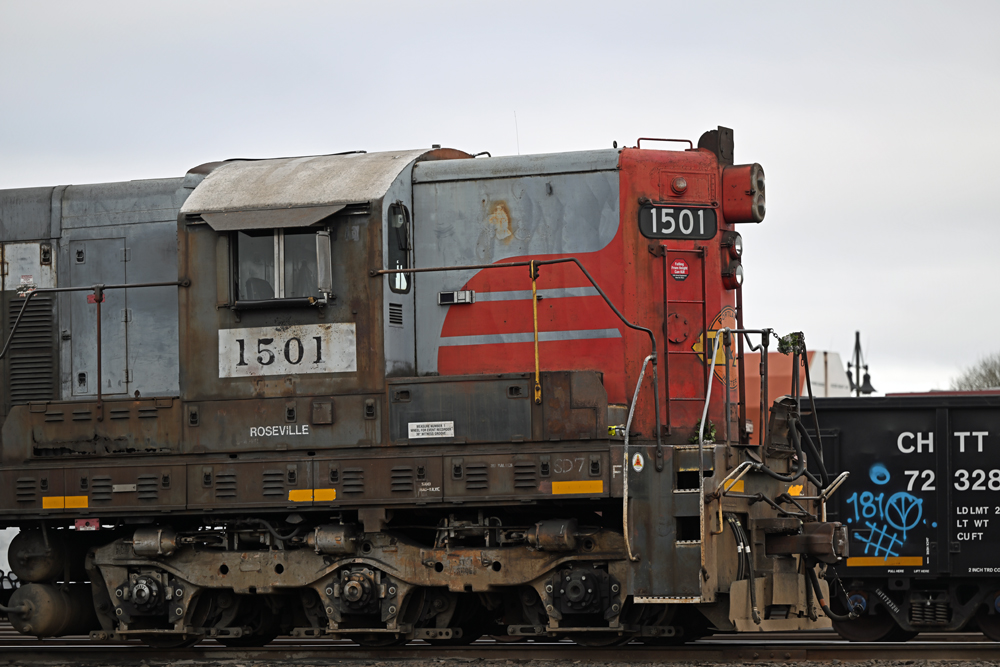
The Portland & Western Railroad, a Genesee & Wyoming-owned short line, operates in the bucolic splendor of Oregon’s Willamette and Columbia River valleys. Utilizing a series of ex-Southern Pacific and Burlington Northern branch lines, the road stretches from Astoria southward to Eugene, passing through Portland, McMinnville, and Albany along the way. As with many G&W roads, the Portland and Western operates a wide variety of first- and second-generation diesel-electric locomotives, from EMD, and mostly in the orange and yellow G&W corporate paint scheme. A few engines have managed to break this visual and mechanical homogeneity and have become fan favorites. Sadly, their end is nigh.
PNWR 1501: The last Cadillac
Portland & Western No. 1501, which was Southern Pacific’s second SD7 built in November 1952, would become the world’s last SD7 in revenue service. This was a locomotive class that became known as “Cadillacs” because of the smooth ride provided by their three-axle trucks, compared to a four-axle ride of contemporary GP-series locomotives.
In 1980, the unit was rebuilt as part of SP’s General Rehabilitation and Improvement Program, turning it into an SD7R. Renumbered to 1530, repainted into the SP “Bloody Nose” scheme, and sporting a huge Mars barrel signal light, the locomotive continued in service until 1995. Portland & Western predecessor Willamette & Pacific then bought the unit for yard use, renumbering it to 1501 under G&W policy to number locomotives based on horsepower figures. At this time, the locomotive was patched with W&P reporting marks and numbers but was not repainted.
When the Portland & Western became the dominant corporate entity in the early 2000s, the engine was patched for the new company. G&W logos appeared on the nose and both sides, but neither the SP livery nor the original Willamette & Pacific Lettering were covered over.
Since 1995, the 1501 has been the primary Albany, Ore., yard switcher. While it occasionally performed road trips, its long-term assignment was outside the W&P/P&W shop building in Albany.
PNWR 1801: Forgiveness, not permission
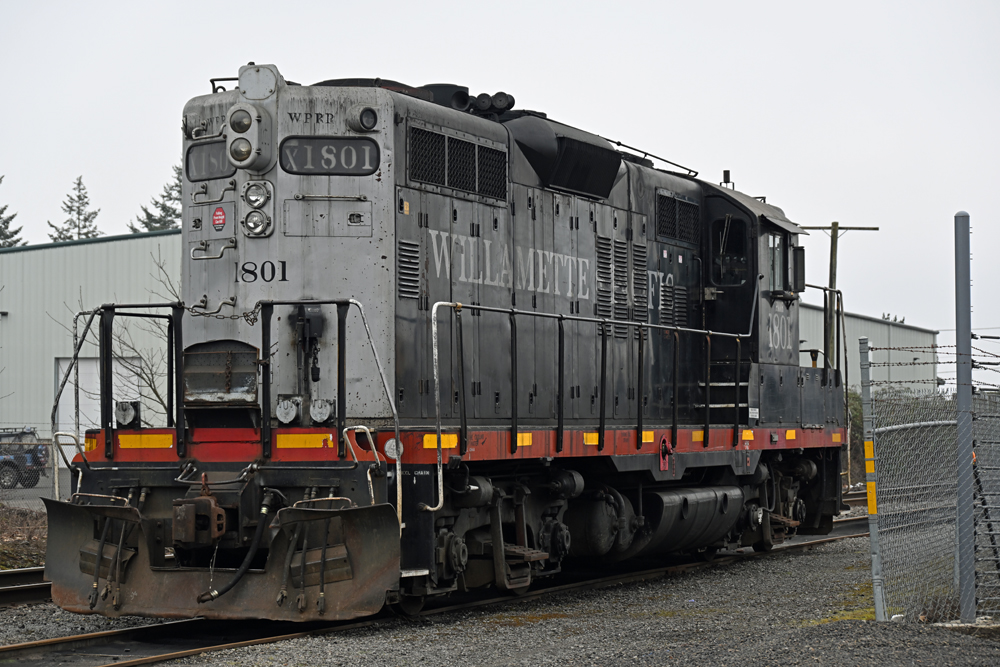
If No. 1801 was the first locomotive one saw, one would be mistaken for thinking that the Willamette & Pacific had started life as a Southern Pacific subsidiary, rather than a wholly owned Genessee & Wyoming creation.
Starting life as 1959-built SP GP9 No. 5830, the locomotive went through SP’s GRIP rebuild program in 1977. It reentered service as No. 3855, remaining with SP until purchased by the W&P in 1995. The locomotive arrived in the popular SP “Bloody Nose” paint scheme 1501 and 1852 still sport. But it did not stay that way; reportedly, Willamette & Pacific head of operations Bob Melbo (later head of state rail planning at the Oregon Department of Transportation) decided the engine should be painted to celebrate the history of the former Southern Pacific branch lines that made up the W&P. He had No. 1801 repainted into the SP “Black Widow” paint scheme, complete with Willamette & Pacific lettering. From all accounts, G&W management was infuriated, and it was only after copious amounts of arguing over how to best manage the railroad’s paint stores was the locomotive saved from being repainted again into the G&W corporate livery.
Even after the W&P was superseded by the P&W, no changes have been made to the locomotive, which still sports WPRR reporting marks above the number boards. Currently, the locomotive serves as motive power for secondary services, such as industrial switching jobs in the McMinnville and Eugene areas.
PNWR 1852: Rusty but trusty
Perhaps the most “ordinary” of the SP-painted units on the Portland & Western, No. 1852 follows a similar pattern to Nos. 1801 and 1501. Built for the Southern Pacific as SD9 No. 5438 in 1955, and later renumbered to 3916, the locomotive was rebuilt by Southern Pacific in 1975 as part of its R8 program, a predecessor to GRIP. Emerging as 4397, the locomotive continued in SP service until 1993, when it was sold to the Willamette & Pacific, and patched with the company’s logos. Much like the 1801, almost nothing cosmetic has been done to the engine. It has not been patched with P&W markings except for a single PNWR stencil below the cab windows, and its paint, which was most likely applied in 1993, has been allowed to rust and flake as the years have gone on. In recent years, the locomotive has been assigned to the former Oregon Electric yard on the north side of Albany, Ore.
The end of the line
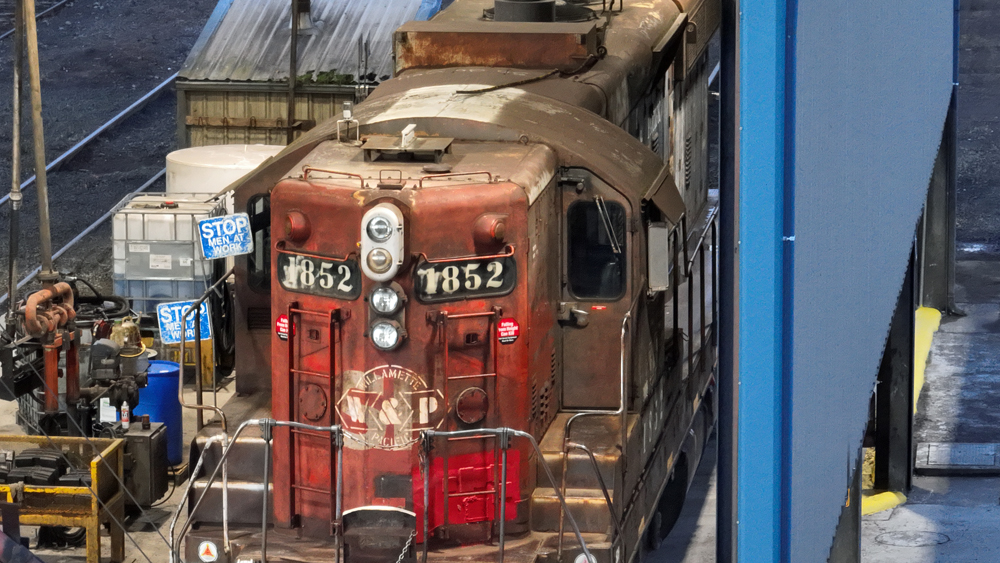
Much to-do has been made about these engines since the start of 2023, with good reason. In late January, it was announced that as part of a settlement with the Environmental Protection Agency, Genesse & Wyoming would be forced to scrap or repower 88 first and second generation EMDs and GEs. On the Portland and Western, five locomotives were on the chopping block: Nos. 1501, 1801, 1852, SD9 1854, and GP9 1803. (The 1803 and 1854 were both painted into G&W colors many years ago.) These five locomotives are amongst the oldest of their kind in the US, each dating to the 1950s. Nos. 1801 and 1852 are some of the last units sporting Southern Pacific livery — even on Union Pacific, the scarlet and gray SP colors are dwindling every year. Losing these locomotives to scrap is especially unfortunate for the world of rail preservation. The EPA settlement states that the prime mover has to be irrevocably disabled and the frame cannot be placed back in service without meeting Tier 3 or 4 emissions — so donation would be possible as long as it was on static display only.
Since then, the locomotives have been running on borrowed time, and that time appears to have run out: following a water leak, the 1501 was parked for the last time on July 19, 2023, after 70 years and 8 months of service. It’s likely that the remaining units will be parked at the date of their 90-day FRA mandated inspection. According to local railfans, it’s believed that 1852 will be next, as its inspection date is Aug. 22. Nos. 1801, 1854, and 1803 will likely be gone before the end of the year, each having served 65 to 70 years.






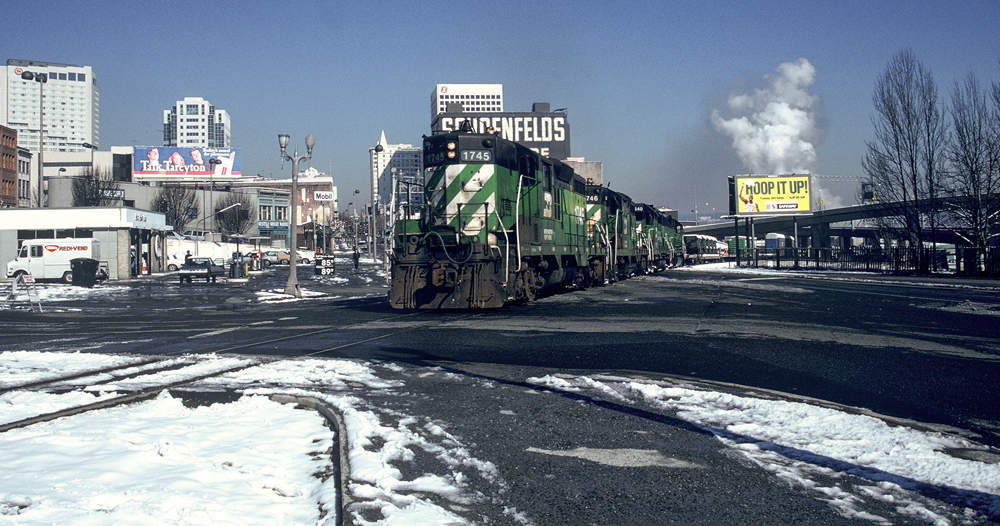
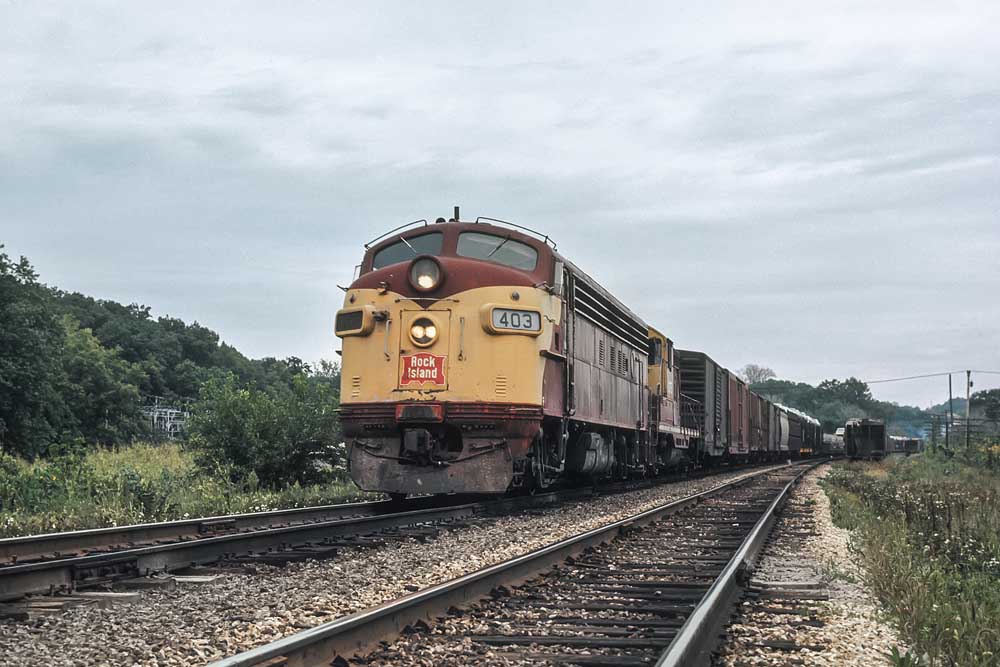
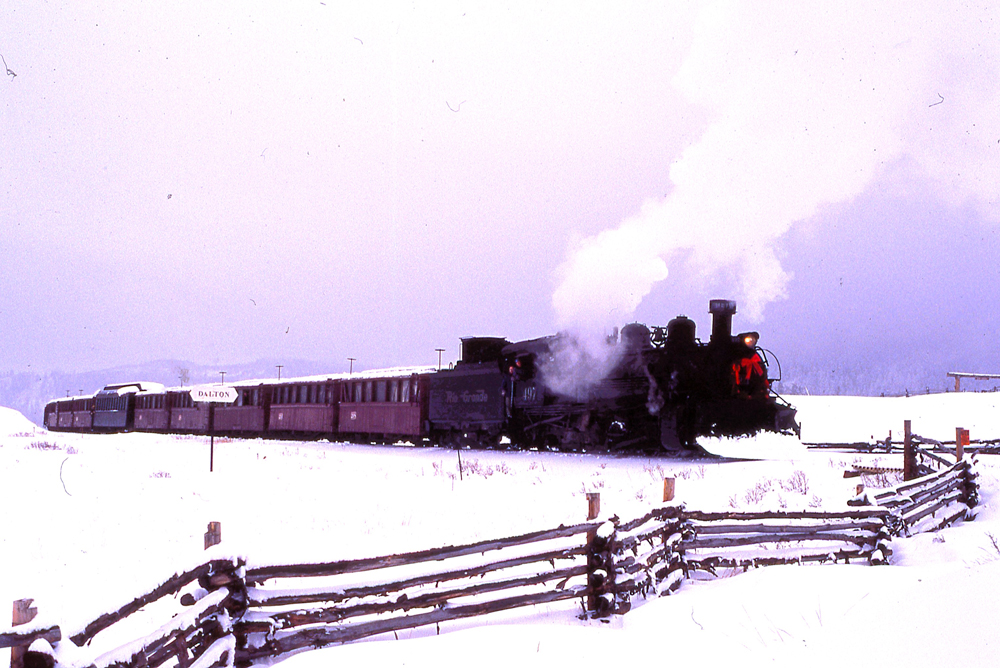
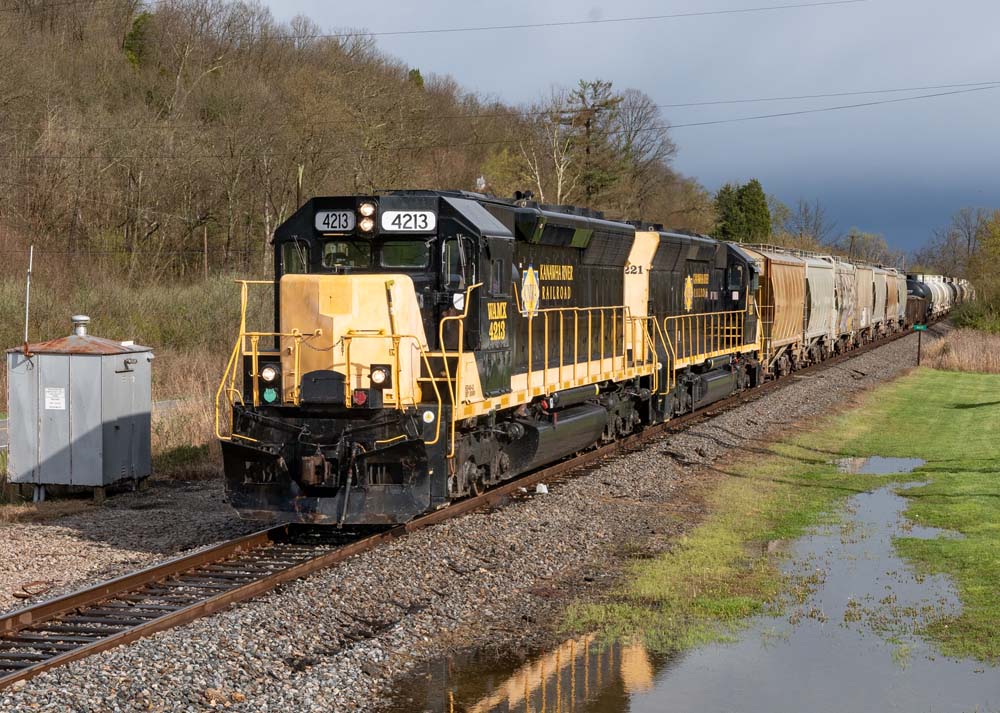




I support the mission of the EPA, but it is a travesty to have to scrap a few old locomotive pieces of history in the name of the environment.
Living in McMinnville, I’ve been fortunate to see 1801 in operation many times, and have photographed it on multiple occasions. For my money the black widow paint is among the best ever for diesel livery. I’m sorry to see it go, though there’s no arguing with the reasons. Perhaps some last-minute angel will step forward and see to it that the loco ends up in the collection of the Oregon Rail Heritage Center in Portland. It’s not as elegant or impressive as SP 4449 or SP&S 700, but it would make a worthy addition. BTW, the ORHC is putting the finishing touches on their SP turntable restoration project and it’s magnificent. There are no photos up on their site yet, but I’m sure there will be shortly – https://orhf.org/turntable-project/.
Just sell them to a mexican or canadian regional railroad I don’t think their emission standards is as strict as ours.